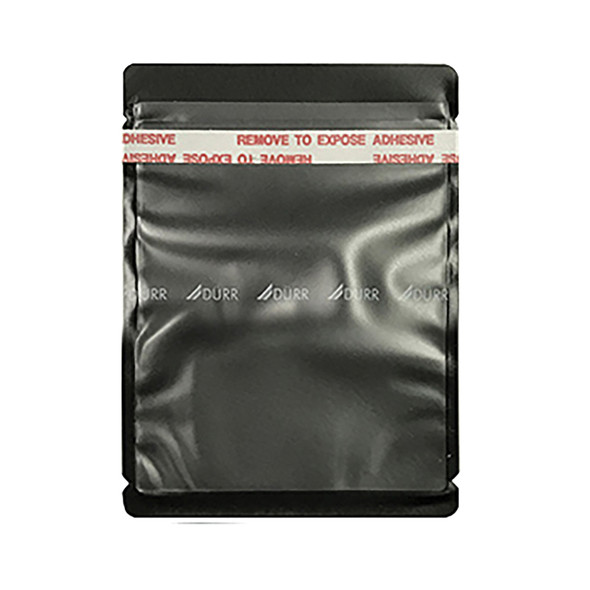Description
Ossiflex Bone Membrane, Freeze-Dried - Equine, Size 4
2.0 x 3.0 cm
Freeze-Dried
Thin, flexible, demineralized bone sheets, used for:
- Guided Tissue Regeneration
- Fracture wrapping
- Retaining particulate graft
- Cranio-maxillofacial repairs
- Oronasal fistulae
- Cleft palates
- Craniotomies & other neurosurgical procedures
- and more
Specialty Bone Grafts can be trimmed and shaped in the O.R. to fit your individual patient's needs. Call to discuss sizing.
Ossiflex can be trimmed and shaped in the operating theatre to fit your individual patient's needs.
*Historically, most Ossiflex™ has been canine-sourced. Due to a shortage of suitable canine donors that would allow the processing of Ossiflex™ graft, our most recent batches may be canine or they may be equine sourced. For more information on the use of equine Ossiflex™ across a variety of species as xenografts, please see the "Cross Species Use" information below.
Cross Species Use
Grafts from VTS are routinely used across a variety of species as xenografts. Many veterinarians use canine bone in their feline and other patients routinely and effectively. Our Fusion Xpress bone putty is sourced from equine bone and is effectively used in canines and felines every day. Our canine and equine bone grafts have been used successfully in many exotic or wild animals, including seals, birds, porcupine, and other injured animal species.
Implanting processed bone graft across species lines is successful because immunogenic markers are disrupted and removed during processing. Modern tissue bank processing methods substantially remove these immunogenic elements and diminish any rejection responses. These days even in humans, no matching is required for bone grafts, not even blood group matching, and millions of bone and tendon grafts are successfully transplanted in people each year. No living cells and minimal cellular elements remain in the grafts to stimulate an immune response; furthermore, irradiation also reduces immunogenicity. These steps make modern, processed grafts very different from past eras where fresh frozen grafts were used in with more limited success.
Another important feature to consider is that bone growth factors are well-conserved across species, so much so that the growth factors in almost all types of bone effectively stimulate osteoprogenitors from a wide variety of different species. A prime example that most vets have heard of is that human Bone Morphogenic Protein (BMP-2) is very effective in canines for example. In fact, the most routinely used osteoinductivity assay for bone grafts from all species, including humans, relies on the responsiveness of mouse-derived osteoprogenitor cell lines.






